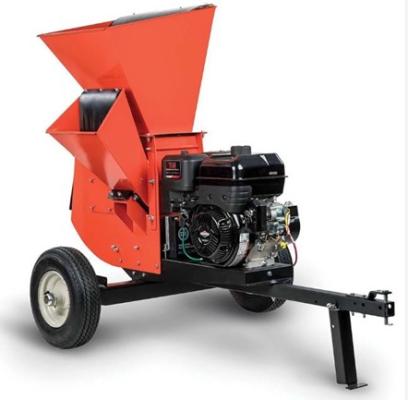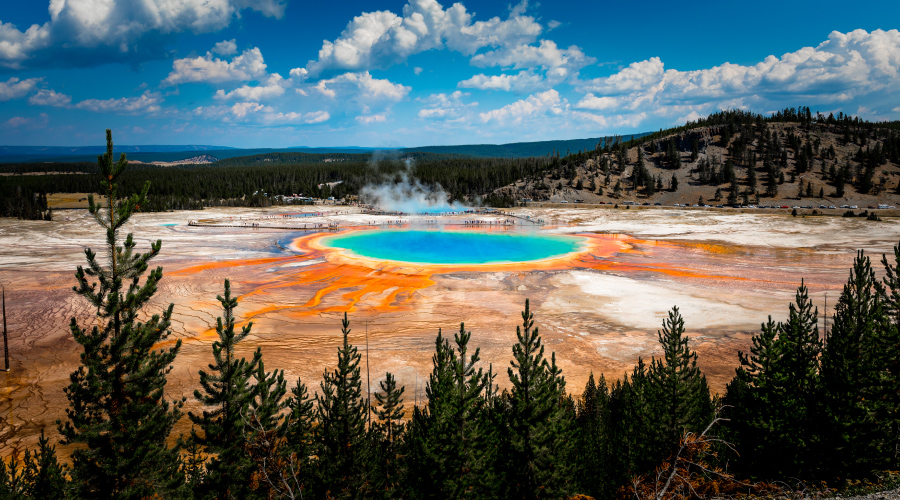
Impact of ASHRAE 90.1 Standard Changes
Official discusses process of going about updates, and impact of 2022 updates. March 13, 2023
By Dave Lubach, Managing Editor
ASHRAE recently released an update on its benchmark energy efficiency standard, ANSI/ASHRAE/IES Standard 90.1-2022 – Energy Standard for Sites and Buildings Except Low-Rise Residential Buildings.
The latest version includes an expanded scope for building sites and major additions for the first time in a minimum-efficiency U.S. model energy standard or code.
We talked with Don Brundage, chair of the ASHRAE Standing Standard Project Committee 90.1 about the updates and the process of updating standards. Here is an edited version of that interview.
FacilitiesNet: Briefly explain what the changes are in this standard?
Brundage: We’re on a three-year update cycle. The last version was in 2019 and this was 2022. The next one is 2025. We have a process where we make lots of incremental changes along the way. And then every three years that’s the new addition with whatever has passed. To give you an idea of how many little changes, we had 95 individual amendments going into the 2022 standard.
FacilitiesNet: Is that an extremely high number of changes that are typically made?
Brundage: It’s pretty typical. One of the big things this time around is we’ve got a lot of entirely new sections that will confuse people because there are things like an alternate compliance path and it’s getting renumbered Section 12 because we added something. That's a little confusing to people. Products have higher efficiency, but we’re at minimum code. What we’re working on now are some optional paths that if somebody wants to do something more or different. There’s a push for measuring based on carbon instead of cost energy and have a zero-option in the code. There's a lot of funding support from the recent federal bill (Inflation Reduction Act). So, there’s some of that we're working on. That’s not in the 2022 update, but we’re hoping to add a WELL component.
FacilitiesNet: How do the recent federal funding programs affect these standards?
Brundage: We're always trying to be responsive to that, but in some ways it’s coincidental. We do work to try to improve the standard to the limit of what’s cost-effective. I believe the numbers are 15 percent better (efficiency) than the 2019 standard, which is a substantial change.
FacilitiesNet: What are the most important takeaways from these standard changes for facility managers?
Brundage: The most important one is it’s only a standard for new construction or major renovation. It doesn’t apply to an existing building. The other thing is local jurisdiction is not going to immediately adopt 90.1. About the earliest anybody adopts it for code compliance is about one year after it’s issued because some of the supporting software usually takes about a year before they update for all the changes in that standard. And how soon after that? There are states that are still using 2010, 2013, 2016 or 2019 versions of the standard that really don’t enforce compliance at all. It varies all over the place. I think the earliest (implementation) is going to be for someone doing a green building and that’s because of the facility’s energy management goals. 90.1 is the standard care for energy efficiency, so someone who wants to be energy efficient is not necessarily going to be doing just what their local code inspector wants to do. They're going to want to go beyond that.
FacilitiesNet: Can you take me inside the process of updating these standards?
Brundage: We have a committee that has approximately 50 voting members that vote on what actually goes into the code. We also have a lower level of voting member at the vote within subcommittees. That’s an additional 20 to 30 people there, including the ones that are on a full committee. Then we have people on the committee working that don’t have a vote. It’s sort of a tier of seniority and you work your way up through the ranks on that. It's very important with our process that we have balance. It’s not all one group. With the ASHRAE/ANSI rules, you can’t have more than 50 percent in one interest group. We strive to have particular interest groups such as manufacturers or energy efficiency advocates. … We consider it very important to have ballots and there are a lot of competing interests. We have processes where we’re supposed to have consensus (to update standards) and the standard is two-thirds of the vote.
FacilitiesNet: What are some additional takeaways from this standard?
Brundage: Relevant for facility managers in this standard are requirements of a modest amount of solar on buildings. It’s based on available roof area. If you have a high-rise office, you wouldn’t have to have as much as if it were a low-rise with a lot of roof area. If you’re in New York City and are shaded by a 54-story building to the south, you don’t have to comply if you don’t receive sunshine. The other thing people keep getting confused about is we have additional efficiency requirements generally referred to as energy credits. People think that it is optional, in the sense that you have a choice of which ones to do, but it’s not optional to do it. You have to get a certain number of points of energy credit to pass the standard. It varies by type of building and climate zone.
Next
Read next on FacilitiesNet












